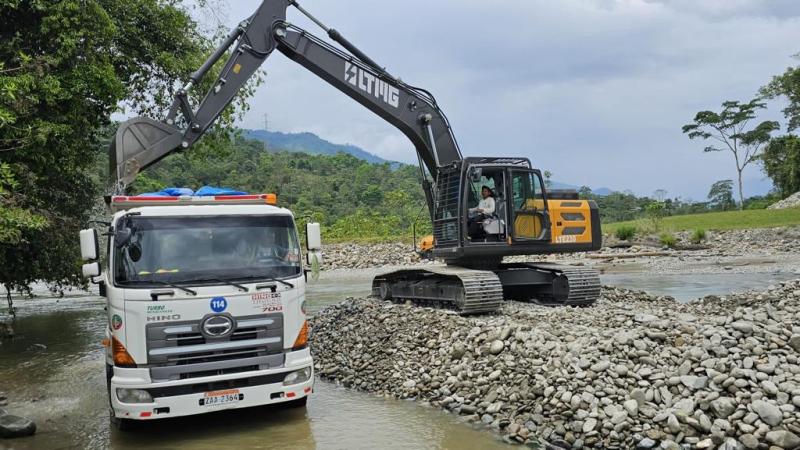10 Essential Techniques to Reduce Excavator Fuel Consumption and Boost Efficiency
Aug 21, 2024
In modern construction and engineering projects, excavators play an indispensable role. However, in daily operations, many excavator operators overlook how to optimize their actions to reduce fuel consumption and improve work efficiency. This article offers practical tips to help you operate excavators more effectively, save fuel, and boost productivity.
1. Plan Ahead to Avoid Inefficient Operations
Fuel consumed during unnecessary excavator movements is almost entirely wasted. Therefore, it's crucial to develop a detailed work plan based on the construction site conditions before each operation. Proper planning can help avoid unnecessary actions, thereby reducing fuel consumption and improving work efficiency.
2. Utilize Optimal Digging Angles
During excavation, when the bucket cylinder and linkage, as well as the arm cylinder and arm, are at a 90° angle, the digging force is at its maximum. Operators should aim to dig at this angle to achieve optimal work efficiency. This not only reduces equipment wear but also significantly lowers fuel consumption.
3. Master Ground Digging Techniques
When digging on the ground, maintain the bucket or ripper floor angle at approximately 30° and retract the arm. When the arm is nearly vertical, the digging force is strongest. This technique not only allows for greater load capacity but also saves fuel, making the digging process more efficient.
4. Control the Operating Radius
At the start of digging, do not extend the arm to its maximum range. The ideal approach is to begin digging at about 80% of the arm’s operating radius. As the operating radius increases, the digging force decreases, making the operation more difficult. Therefore, especially for novice operators, it's important not to sacrifice efficiency for a larger operating range.
5. Maintain Consistent Loading Heights
During loading operations, try to keep the excavator at a higher position, so that the truck is parked at the same height as the working surface. Just like handing over an object from a higher position is easier than from a lower one, the same principle applies to excavators. The less effort the excavator exerts, the lower the fuel consumption.
6. Segmental Digging Is More Economical
When performing deep excavation, it is advisable to use a segmented approach, digging in three layers: top, middle, and bottom. If you dig directly from the bottom to the top, the operating range increases, the digging force becomes greater, and the excavator may need to increase output torque, reducing flow output. This not only lowers work efficiency but also consumes more fuel.
7. Optimize Swing Angles
During loading operations, the excavator’s swing angle should not exceed 60°, with the optimal range being 30° to 45°. The smaller the angle, the faster the swing, the higher the work efficiency, and the lower the fuel consumption. Optimizing the swing angle can effectively enhance the excavator’s productivity.
8. Efficient Trenching
When trenching, first excavate the sides of the trench before digging the middle. This approach saves time and effort, reduces fuel consumption, and significantly improves work efficiency.
9. Tips for Continuous Operation
During continuous digging, ensure the undercarriage is facing the direction of travel. This technique allows the excavator to move immediately after completing a task, avoiding the need to reposition during travel, which would otherwise waste fuel.
10. Use Economy Mode and Auto-Idle
The final fuel-saving tip is to set the engine throttle to the economy mode and select the auto-idle function. When excavation stops, the engine will automatically idle, preventing unnecessary fuel consumption. These small tips might go unnoticed during regular operations, but by adhering to them consistently, you will see a significant reduction in fuel costs over time.
By applying these operational techniques, excavator operators can not only enhance work efficiency but also significantly reduce fuel consumption, saving substantial costs for businesses. With good operating habits, the savings on fuel can accumulate over time, bringing unexpected benefits.
As a Chinese construction machinery manufacturer with over 20 years of experience, LTMG excavators are designed with fuel efficiency in mind. They feature advanced power systems and precise hydraulic control, ensuring that every machine performs reliably under high-intensity operations while minimizing unnecessary fuel waste. Choosing LTMG means choosing a reliable, economical, and efficient partner that brings higher returns to your projects.

